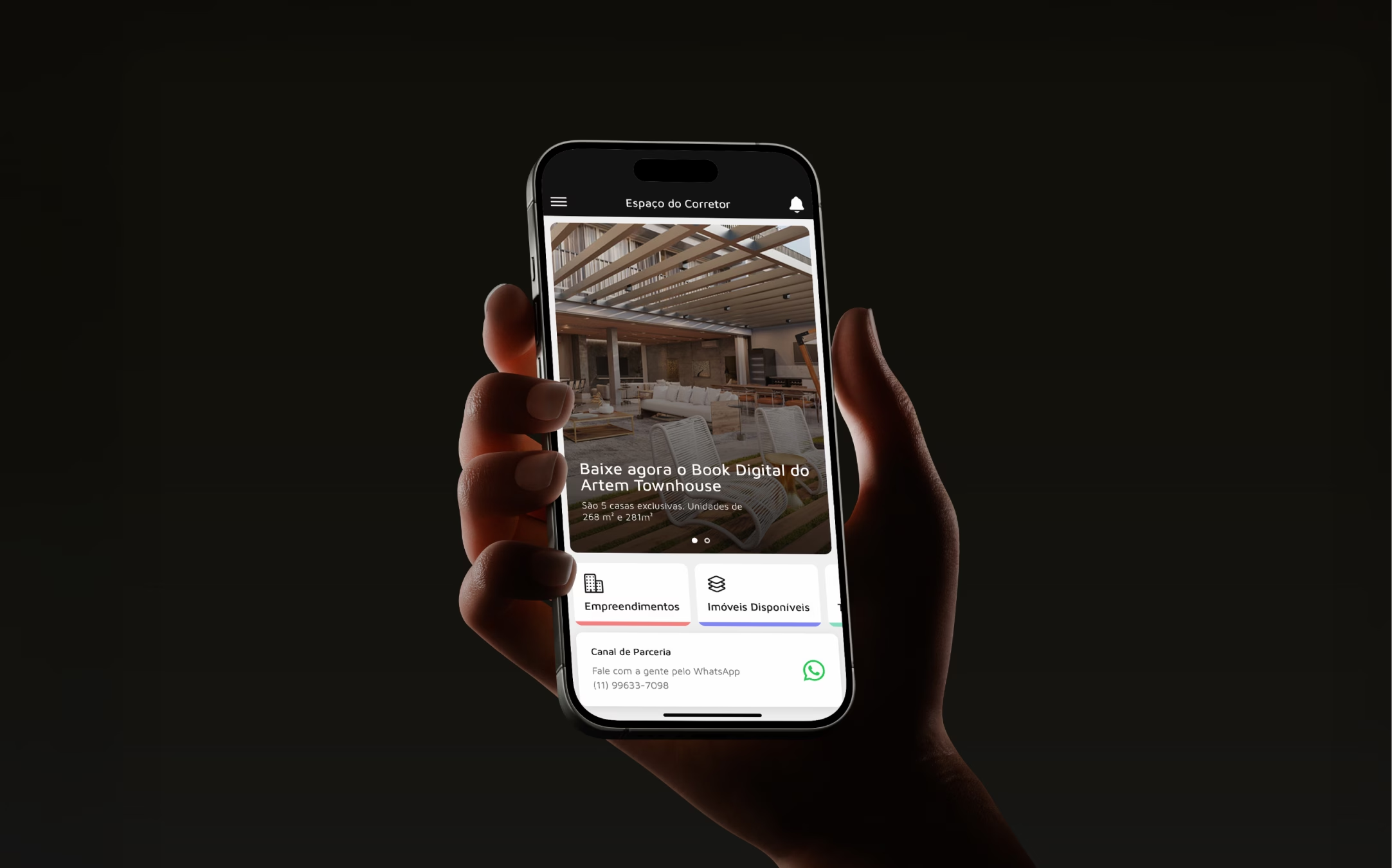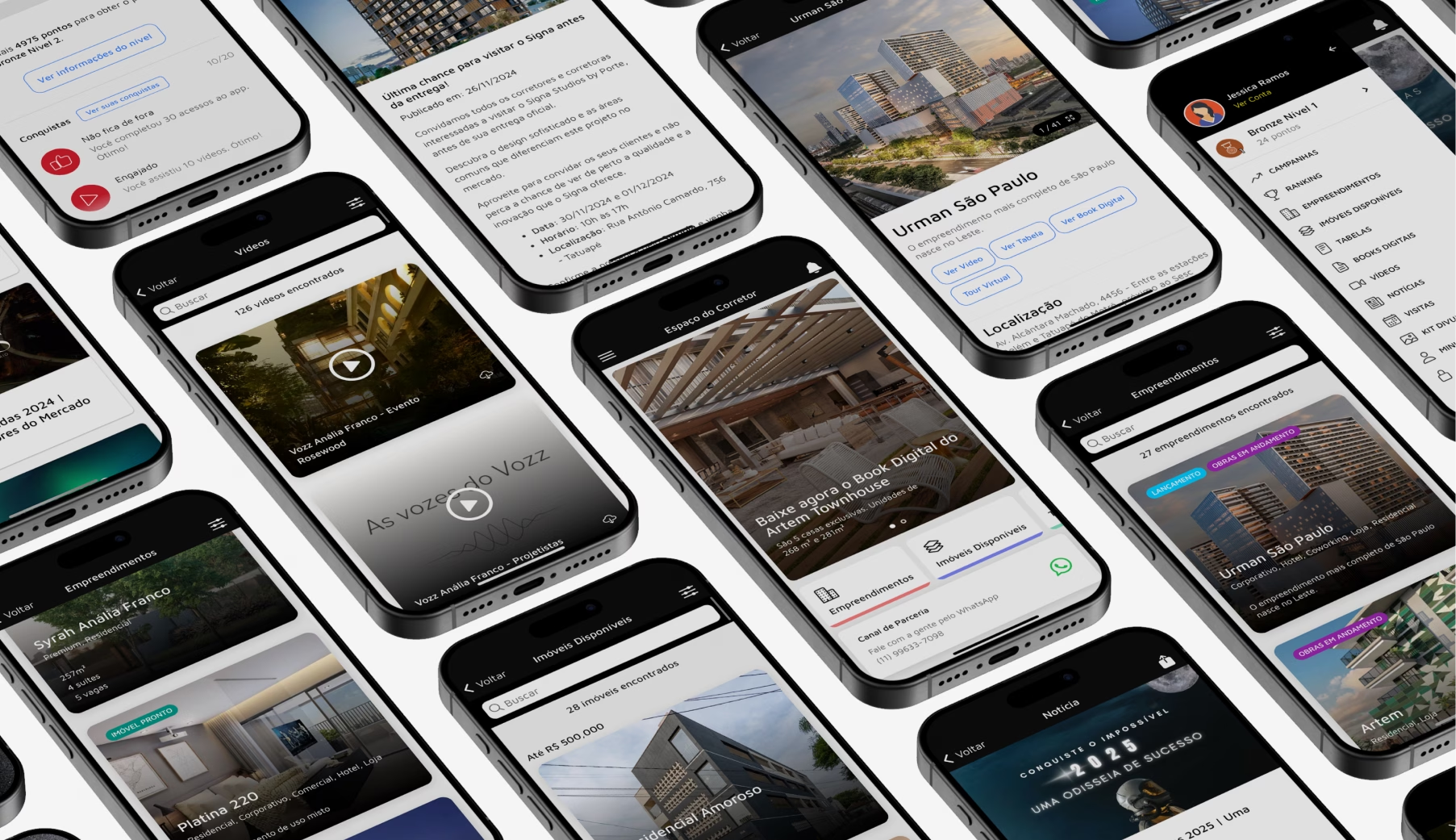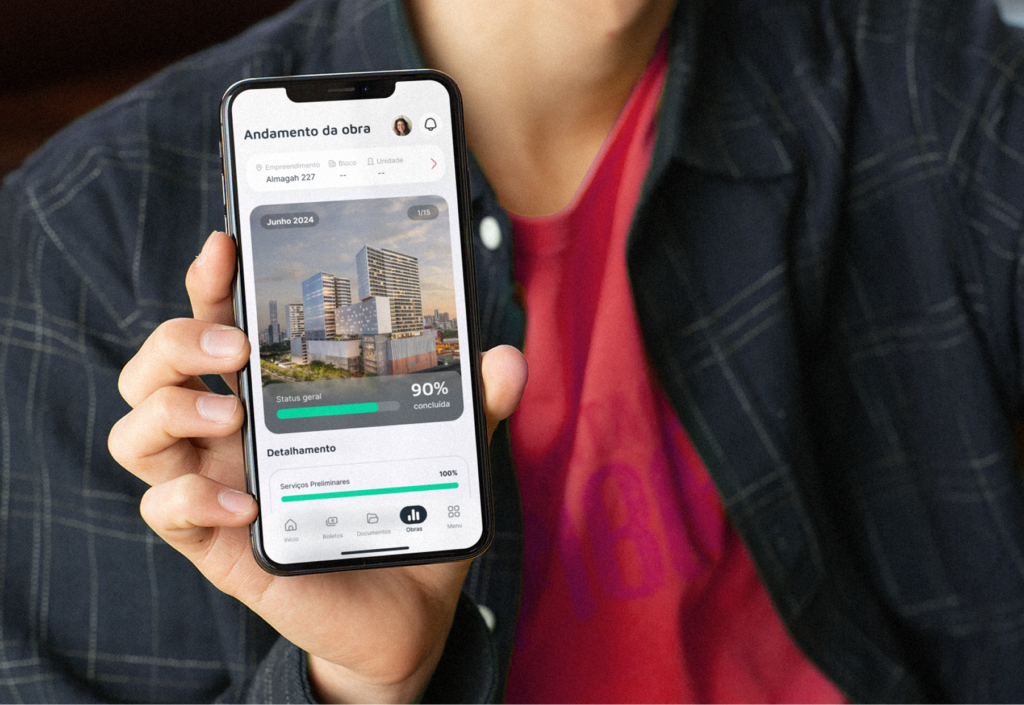
Apps

Apps


The app market is growing every day — and with it, the search for efficient, intuitive and scalable solutions. Companies of all sizes have already understood that being on mobile is no longer a trend: it is a mandatory presence.
But before launching an app in stores, there is a technical and strategic path that must be followed carefully. From the briefing to publication, each stage of development directly influences performance, user experience and, of course, your brand's results.
In this article, we have gathered the 5 essential steps in developing an application and what you need to know to ensure your project is successful.
Before the first line of code, you need to dive into the customer's pain points and goals. This initial step is called briefing — an in-depth mapping of needs, goals and desired functionalities.
Here are defined:
A good briefing is the basis for assertive decisions throughout the project.
With the scope defined, the next step is structure the application in a functional and intuitive way.
This stage includes:
Collaboration between designers and developers is key here to ensure an enjoyable and accessible product.
With the structure ready, the development of the app begins — which can be done in agile cycles (sprints), especially in more complex projects.
At this stage, developers:
Continuous validation avoids rework and speeds up delivery.
Before you go live, it’s time to test — a lot.
This phase ensures that the application works perfectly across different devices and scenarios. Testing evaluates:
The QA (Quality Assurance) team acts as a filter to ensure quality before publication.

Once everything has been tested and approved, the app is sent to the stores (App Store and Google Play). Each has its own evaluation and release process.
After launch, it is essential to monitor:
An app's journey begins with development, but true success comes with continuous evolution.
At follow55, we develop custom and scalable applications, with a focus on performance, experience and digital strategy. From the briefing to post-launch, we take care of each stage to ensure real results.

Apps


Apps
Websites


Apps
Tech
Websites
